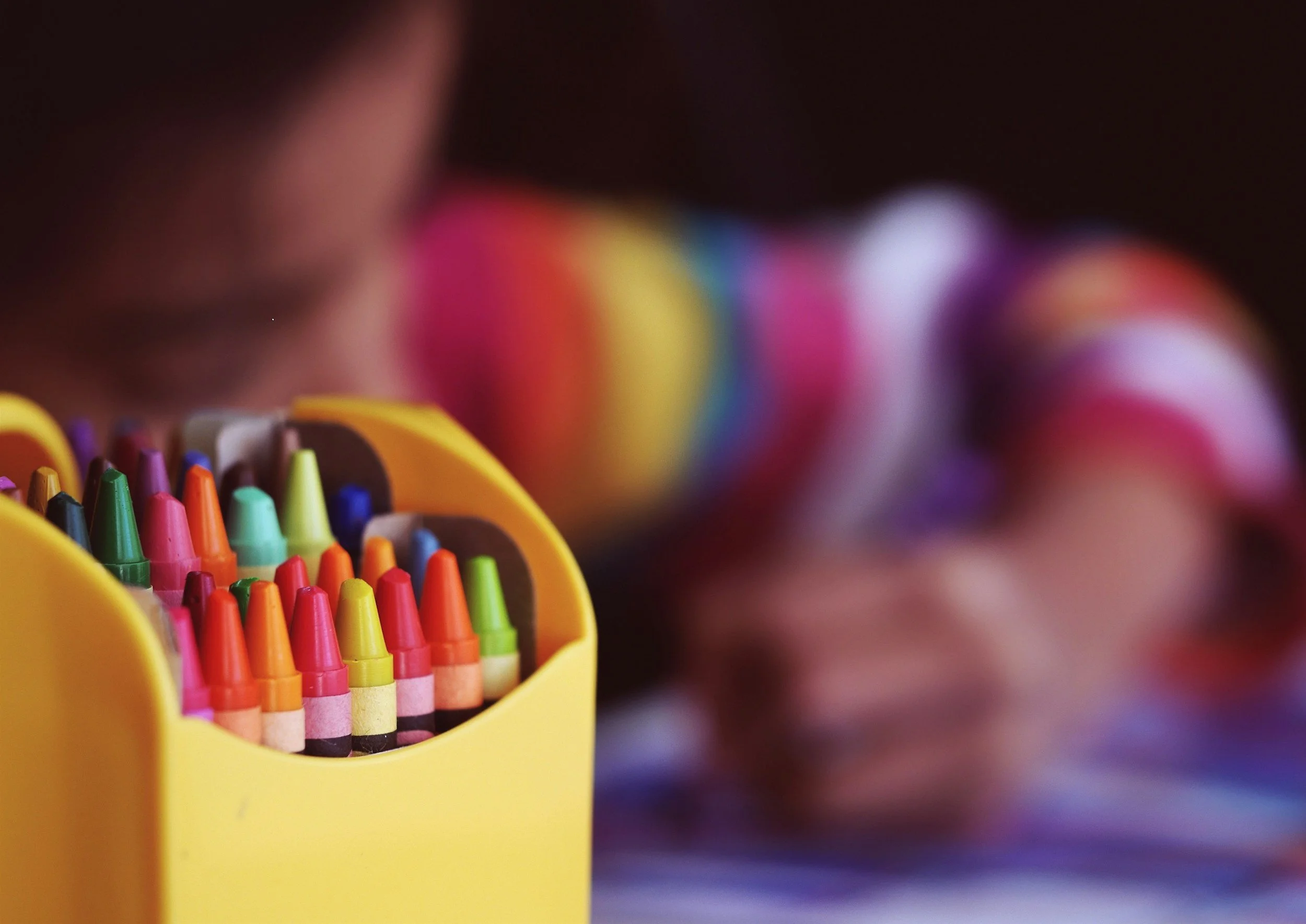
Understanding Arts & Crafts in After-School Programs
Detailed Insights & Information About Arts & Crafts Activities In After-School Programs
Arts and crafts activities in after-school programs provide creative outlets for children, helping them express themselves and develop fine motor skills. These activities include painting, drawing, and various craft projects that cater to children of all ages and skill levels.
Engaging in arts and crafts helps enhance children's creativity, problem-solving skills, and emotional well-being. These activities are crucial for holistic child development as they allow children to explore their imagination and express their emotions in a constructive manner.
Explore how arts and crafts fit into the broader scope of after-school programs on our Comprehensive Guide to After-School Programs.
Types of Arts & Crafts Activities
Painting: This activity encourages creativity and helps children understand color theory, improve hand-eye coordination, and develop fine motor skills.
Drawing: Drawing activities improve focus and attention to detail, allowing children to express their thoughts visually.
Craft Projects: Craft projects, such as making sculptures from clay, building models, or creating collages, develop fine motor skills, patience, and imaginative thinking.
"Engaging in creative activities helps children develop essential cognitive skills and emotional resilience."
– Educational Psychology Journal
Benefits of Arts & Crafts
Creativity: Arts and crafts stimulate innovative thinking and problem-solving skills, enabling children to think outside the box.
Emotional Expression: These activities provide a safe and constructive outlet for children to express their emotions, reducing stress and improving emotional health.
Social Skills: Group activities foster collaboration, communication, and sharing, helping children develop strong interpersonal skills.
"Creative activities significantly enhance children's emotional and social development."
– Child Development Research
How to Choose the Right Arts & Crafts Activity
By carefully considering these factors, you can select an arts and crafts program that not only aligns with your child's interests but also supports their overall development and enjoyment.
-
Observation and Engagement:
Spend time observing your child during free play to see what kinds of activities naturally attract them. Do they reach for coloring books, or do they prefer building blocks and constructing things?
Diverse Exposure:
Introduce your child to a variety of arts and crafts activities at home. Notice which ones they enjoy the most. Some children may love the freedom of painting, while others might prefer the precision of model building or the tactile experience of working with clay.
-
Experienced Instructors:
Look for programs that have qualified and experienced instructors who can not only teach the techniques but also inspire and encourage children.
Variety of Materials:
Ensure that the program offers a wide range of materials and tools. This variety can help keep activities engaging and exciting, allowing children to explore different mediums and techniques.
Curriculum and Structure:
A good program should have a well-structured curriculum that progressively builds on skills while allowing creative freedom. Check if the program includes a mix of guided projects and free creation time.
-
Age Suitability:
Activities should be appropriate for the child's age. Younger children might need larger, safer tools and simpler projects, while older children can handle more complex and detailed tasks.
Skill-Level Consideration:
Programs should cater to different skill levels, offering beginner, intermediate, and advanced projects. This ensures that all children, regardless of their starting skill level, can participate and feel challenged yet not overwhelmed.
Progressive Difficulty:
Look for programs that allow children to advance and take on more complex projects as they develop their skills. This progression keeps them motivated and proud of their accomplishments.
-
Visit and Observe:
If possible, visit the program and observe a session. This will give you an idea of how the classes are run, the interaction between instructors and children, and the overall atmosphere.
Speak with Instructors:
Have a conversation with the instructors to understand their teaching philosophy and approach. Ask about their experience and how they handle different types of learners.
Feedback from Other Parents:
Talk to other parents whose children are enrolled in the program to get their insights and opinions. They can provide valuable feedback about their child's experiences and the program's impact.
-
Flexibility and Convenience:
Choose a program that fits well with your schedule and is conveniently located. Some programs might offer flexibility in attendance, which can be beneficial.
Trial Classes:
Many programs offer trial classes or short-term workshops. Enroll your child in these to gauge their interest and fit before committing to a longer-term program.
Safety and Cleanliness:
Ensure that the program maintains high standards of safety and cleanliness, especially in activities involving potentially messy materials like paints and glues.
Arts and crafts activities are integral to after-school programs as they contribute significantly to children's overall development. These activities not only foster creativity but also support emotional expression and social interaction.
Learn more about how arts and crafts activities fit into our Comprehensive Guide to After School Programs.
Key Takeaways
Engaging in arts and crafts activities boosts creativity and problem-solving skills. Learn More
Arts and crafts provide emotional and social benefits for children. Learn More
Choosing the right arts and crafts activity enhances your child's developmental experience. Learn More

Related Articles & Resources
FAQs
View all our information on After-School Programs here.
-
We offer a variety of activities including painting, drawing, and craft projects. Read more about our arts and crafts activities.
-
They enhance creativity, emotional expression, and social skills.
Learn more.
-
Consider your child's interests, the materials available, and the program's quality. Get tips on choosing the right activity.


